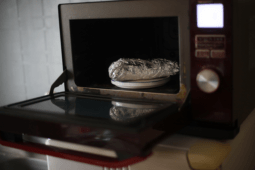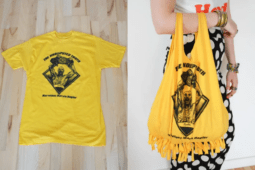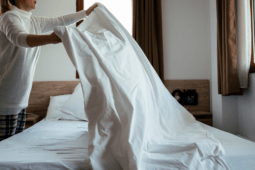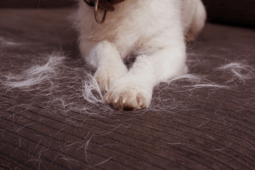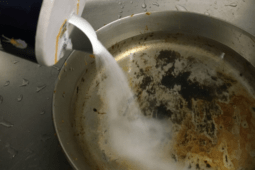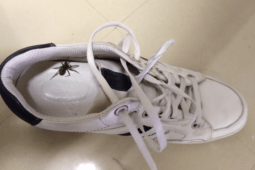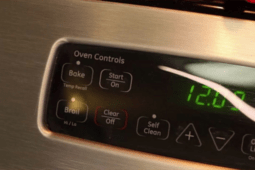How to Use Vinegar to Clean Floors the Right Way
Vinegar is a powerful, natural cleaner that has been used for generations. It’s an affordable, eco-friendly, and effective way to keep floors spotless without relying on harsh chemicals. However, while vinegar can work wonders, it’s important to know how to use it correctly to avoid damaging certain floor types. In this guide, we’ll cover the best ways to clean your floors with vinegar, ensuring a streak-free shine every time.
1. Why Vinegar Works as a Floor Cleaner
Vinegar is made from acetic acid, which gives it natural disinfecting and degreasing properties. It effectively breaks down dirt, grime, and bacteria without leaving behind sticky residues. Also, vinegar has lots of acidity that helps neutralize odors, making it an excellent choice for pet owners or anyone dealing with lingering smells. Since it’s free from synthetic chemicals, vinegar is also a safer alternative for households with children and pets.
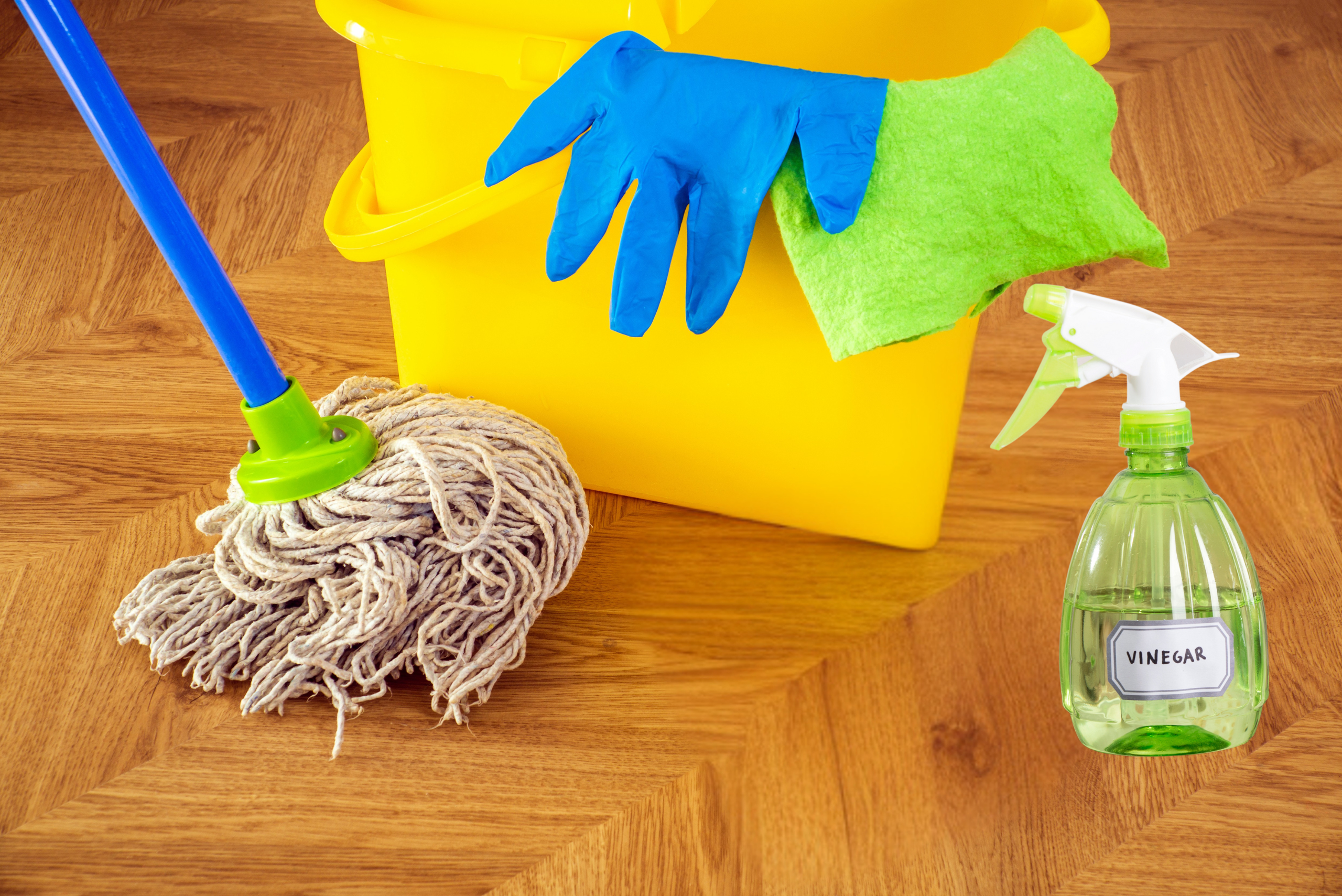
2. How to Safely Use Vinegar on Different Floor Types
Not all floors react the same way to vinegar. While it works well on many surfaces, some require special care:
- Tile and Vinyl: A vinegar-water solution (1/2 cup vinegar per gallon of warm water) is ideal for cleaning tile and vinyl floors without leaving streaks.
- Laminate: Use a diluted mixture and a damp mop. Never oversaturate the floor to prevent water damage.
- Sealed Hardwood: Vinegar should be used sparingly and always diluted. A microfiber mop dampened with a vinegar solution can keep wood floors clean without dulling the finish.
- Natural Stone (Marble, Granite, Limestone): Avoid vinegar, as its acidity can etch and damage the surface.
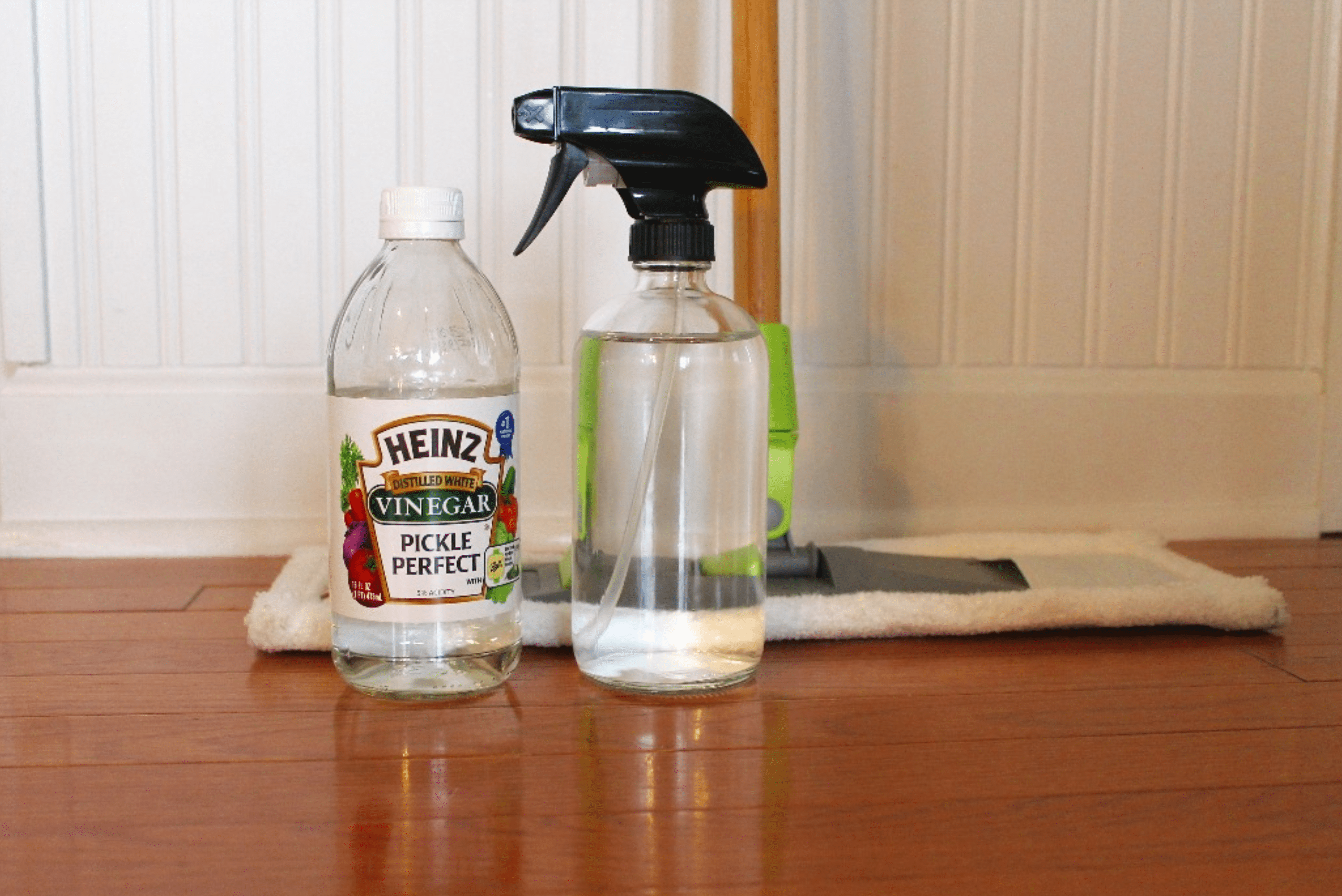
3. The Best Vinegar Cleaning Solution for Your Floors
To create an effective homemade floor cleaner, mix the following:
- 1/2 cup of white distilled vinegar
- 1 gallon of warm water
- (Optional) A few drops of essential oil (such as lemon or lavender) to mask the vinegar smell
For extra cleaning power, a teaspoon of dish soap can be added to help break down grease and heavy grime. Always mop with a well-wrung mop to prevent excessive moisture on floors.
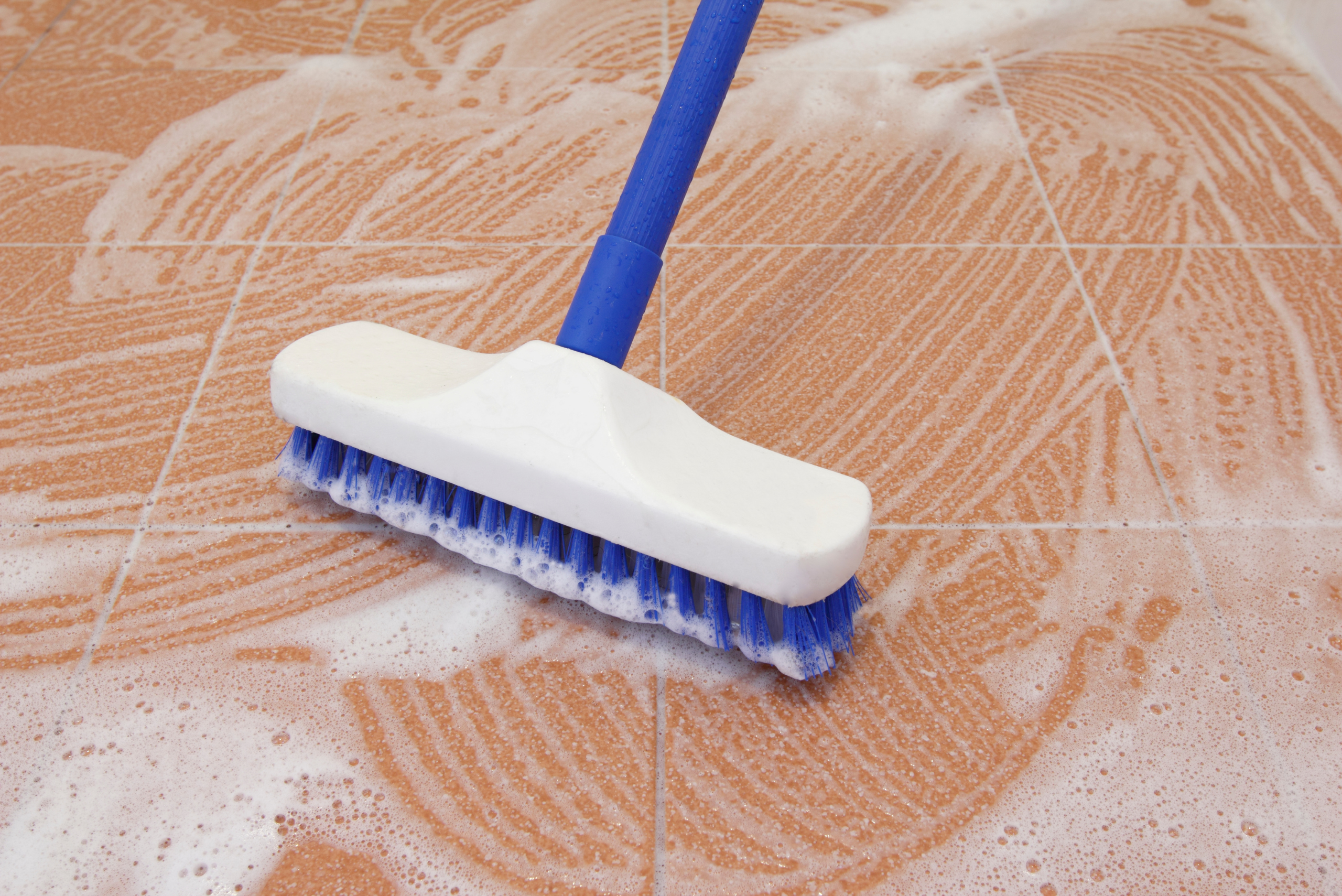
4. Common Mistakes to Avoid When Cleaning Floors with Vinegar
Using vinegar incorrectly can lead to dull surfaces, streaks, or even damage. Here are some mistakes to watch out for:
- Using undiluted vinegar: Full-strength vinegar is too harsh for most floors and can degrade finishes over time.
- Overwetting the floor: Too much moisture can seep into seams and joints, causing warping or mold growth.
- Using vinegar on sensitive surfaces: Always check manufacturer recommendations before using vinegar on specialty flooring like hardwood or stone.
- Not rinsing when necessary: While vinegar evaporates quickly on some floors (like laminate), a follow-up wipe with a damp cloth prevents streaking.
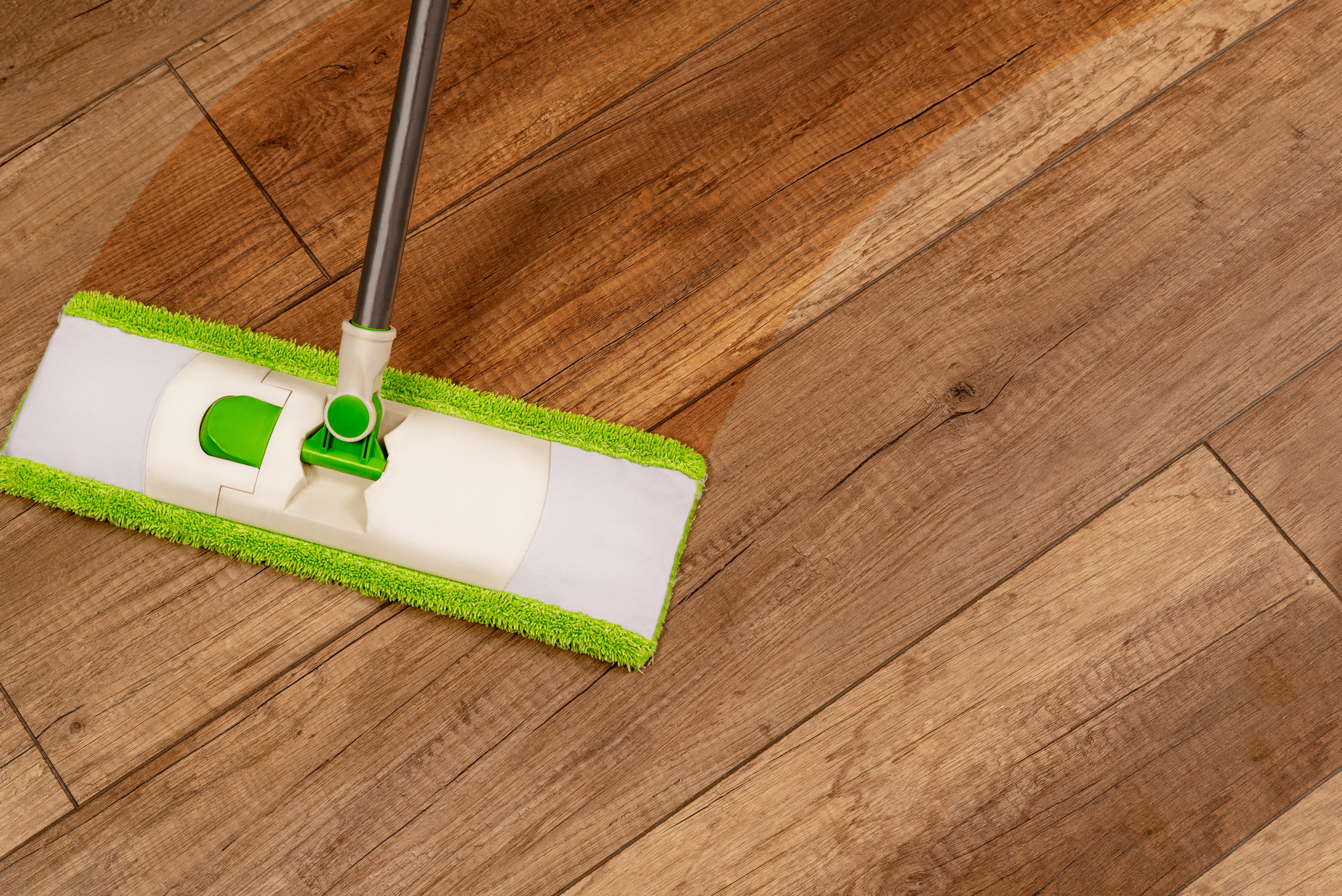
5. Maintaining Clean Floors with Vinegar
To keep floors looking their best, follow these tips:
- Sweep or vacuum before mopping to remove loose dirt and debris.
- Use vinegar cleaning solutions once or twice a week for regular maintenance.
- Spot clean spills immediately to prevent stains and buildup.
For deep cleaning, combine vinegar with baking soda for an extra boost, but test on a small area first.
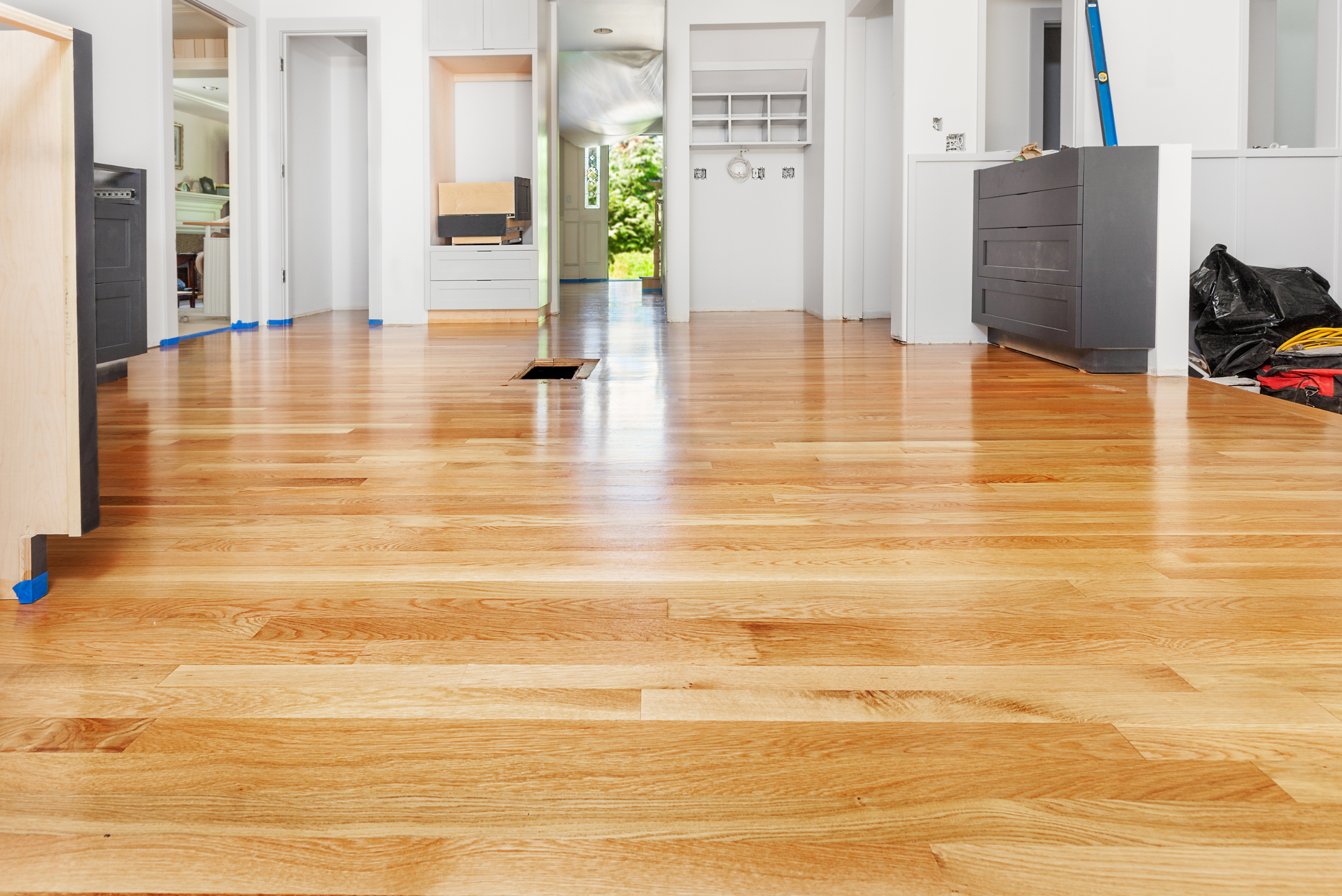
Related Articles
- Why You Should Be Cleaning Your Vacuum Regularly
- How to Clean Under Your Appliances Without Moving Them
- 5 Chemical-Free Microwave Cleaning Methods to Avoid Hidden Health Risks
Vinegar is a versatile and budget-friendly way to keep your floors clean and fresh. By understanding which surfaces it’s safe for and how to use it properly, you can maintain a sparkling home without exposing your family to unnecessary chemicals. Try incorporating vinegar into your cleaning routine and enjoy the benefits of a natural, effective floor cleaner.

